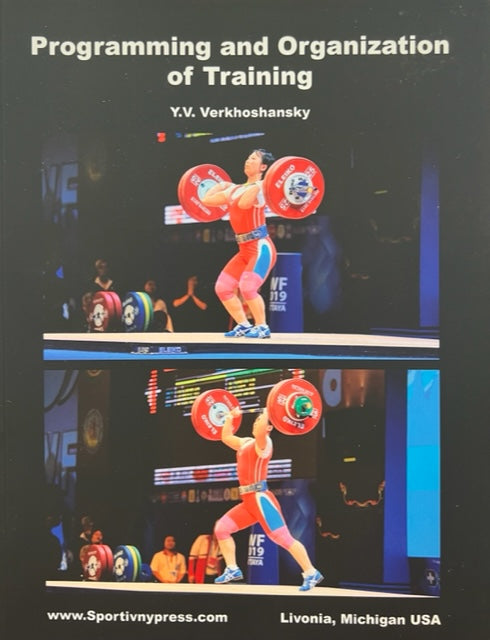Programming and Organization of Training
Programming and Organization of Training
By Yuri Verkhoshansky
Unlock the secrets of elite athletic training with Yuri Verkhoshansky's "Programming and Organization of Training." This essential guide provides coaches and athletes with the tools to develop structured and effective training programs, ensuring optimal performance and results.
Key Features:
- Comprehensive Training Framework: Learn to design training programs that align with specific athletic goals, considering factors such as periodization, load management, and recovery.
- Scientific Foundations: Understand the physiological and biomechanical principles that underpin effective training methodologies.
- Practical Applications: Access real-world examples and case studies that illustrate the successful implementation of Verkhoshansky's training concepts.
Chapter Outline:
-
Theoretical and Methodical Approaches to Training Programming and Organization
- Overview of training theory and its evolution.
- The role of science in sports training.
-
Classification of Sports and Their Unique Demands
- Understanding different sport categories.
- Specific requirements and challenges of each category.
-
Characteristics of the Training Load and Its Effects
- Understanding load parameters: intensity, volume, and frequency.
- Adaptation processes and their significance in training.
-
Yearly Training Cycles and Model Systems
- Structuring training phases: macrocycles, mesocycles, and microcycles.
- Strategies for peaking and tapering.
-
Training Models Specific to Various Sports
- Tailoring programs to sport-specific needs.
- Examples of sport-specific training regimens.
-
Managing the Course of an Athlete’s Training for Peak Performance
- Monitoring and adjusting training loads.
- Ensuring optimal performance during competition periods.
"Programming and Organization of Training" is an invaluable resource for coaches, sports scientists, and athletes committed to excellence. Its blend of theoretical insights and practical guidance makes it a cornerstone reference in the realm of athletic training.
Once your order is placed, you will receive a confirmation email letting you know that our fulfillment team has received your order. Once your order is fulfilled, you will receive an email notification with your tracking information. Shipping fees are non-refundable in the case of returns.






